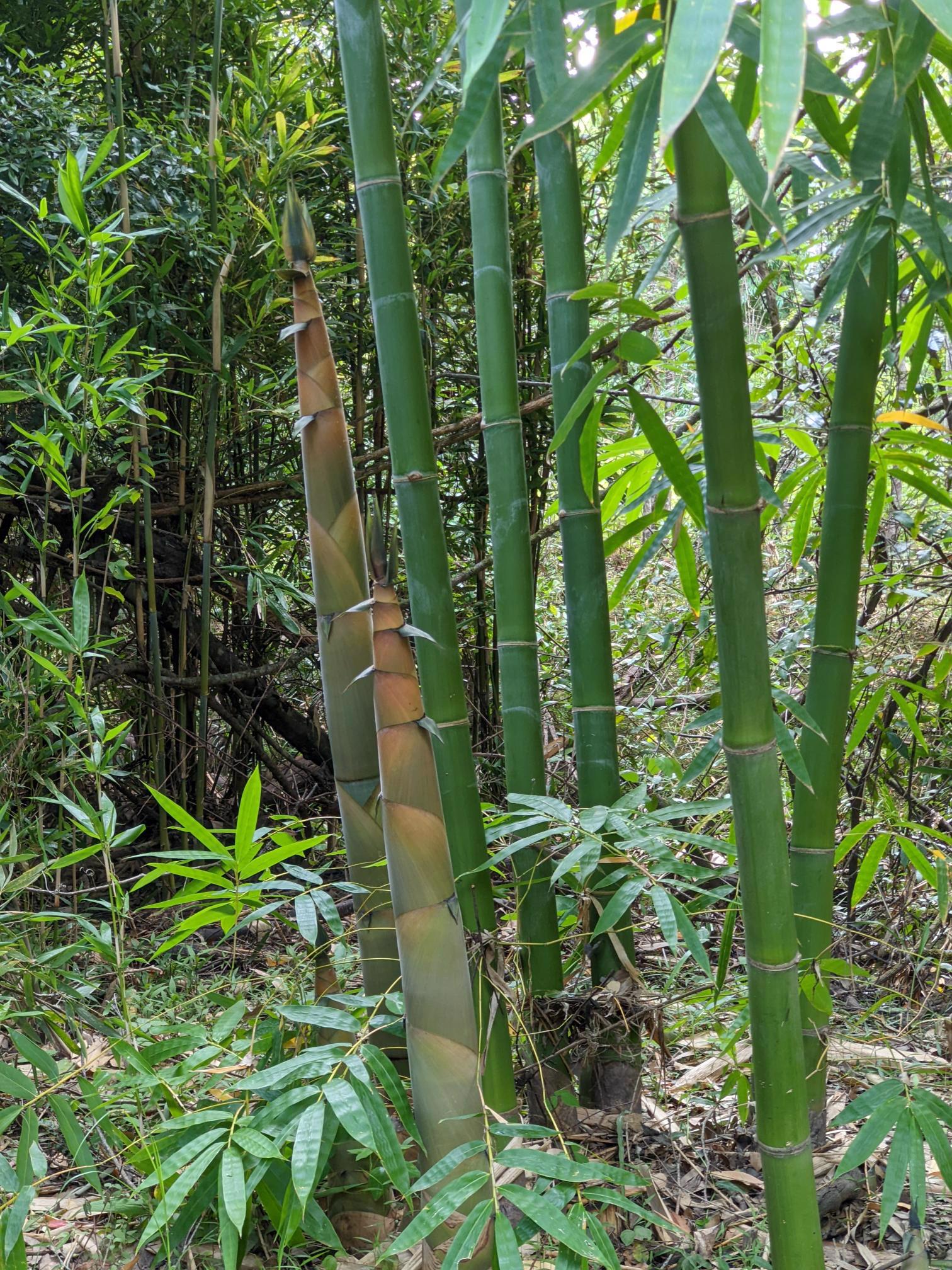Sewerage treatment
In 2015 Arris won the tender to install a new wastewater treatment and dispersal system at the Keppel Sands Caravan Park, owned by the Livingstone Shire Council. The site is situated close to sensitive areas such as creeks, waterways, coastal dunes and human habitation. A Rhizopod was designed with a fully contained recirculating hyrdroponic pod system utilising plants to beneficially use and disperse the wastewater. Durnford Dart was consulted to select the best bamboo species for the project and provide the root stock.
With water usage fluctuating depending on the season, a plant that could resist environmental stresses, like too little or too much water, was required. According to research funded by the European Commission, bamboo is effective in phytoremediating water. Phytoremediation processes use natural materials to eat up pollutants, making them distinct from processes that capture contaminants and dispose of them elsewhere. Bamboo has a high water and nutrient usage and saw the effluent as liquid fertiliser, producing a fantastic growth rate. As water passes through the plants, the bamboo roots act as a filter, drawing out toxins and impurities, thereby cleaning the water.
Using bamboo allows wastewater to be evaporated or transpired without leaching into the environment or contaminating overland flows.
